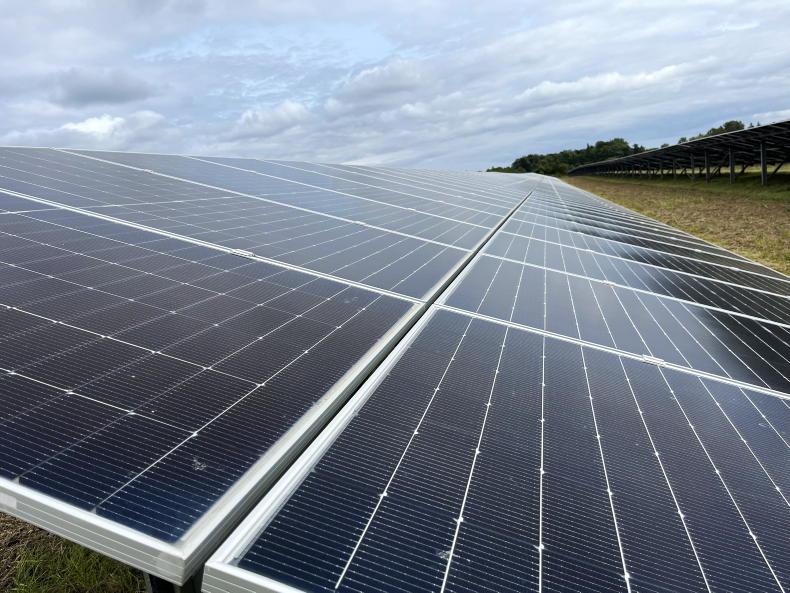1 Daily checks: It is always important to carry out daily checks on your tractor before you drive it to ensure everything is in working order. Make sure the tractor is in safe operating condition. Check the lights are working, keep steps clean at all times for access and check the PTO and lift arm controls.
2 Safe stop procedure: Always practice the safe stop procedure. Cut back the throttle in good time, wait until the tractor has slowed down sufficiently, press the clutch pedal, apply brakes gradually, always park in a suitable location, stop the engine and apply the handbrake, lower all hydraulically mounted equipment and finally, remove the key.
3 Safe tractor position method: Carry out the safe tractor position method. When getting in and out of the tractor, always use access steps and hand supports. Make sure to adjust the seat position to operate the controls comfortably and adjust the mirror for a clear view.
4 Keep tractor clear of hazards: Always keep floors, doors and pedals clear and keep your boots clean. Do not keep items like tools, draw bar pins, ropes, etc, on the cab floor as these cause easy distraction when driving and can cause accidents.
5 Be aware of all blind spots: When driving, ensure that there is nobody near you before starting the engine. Always watch out for people, obstacles and blind spots. Take time to clean windows and mirrors for visibility and always check that the brakes are locked together.
6 Take your time and be aware: When driving, never move the tractor until you are fully aware of how all controls operate and where they are. Take your time and never rush when operating the tractor. Use throttle-correct procedure for slowing down. When reversing, use mirrors and use the horn to warn bystanders. Lower your gears gradually when preparing to stop.

7 Use the correct hitch system: When hitching, always make sure you use the right hitch system. Only use the controls from the tractor seat and never stand between the tractor and other machines or behind them. Never stand with your feet under or near draw bars and ensure that jacks, skids and other supports are used and maintained.
8 Experience necessary: Supervise inexperienced people when hitching and unhitching trailers and implements. Never get between a hydraulically mounted machine and the tractor or place your feet under parts that can collapse, eg a drawbar.
9 Always check the terrain: When in the tractor and carrying out work, always make sure the terrain over which the tractor is driven is free from hazards such as steep slopes or excavations.
10 Beware of danger from overhead lines and pylons: Tractors or machinery should never be operated if a danger from overhead electricity lines exists. With technology always moving forward, it is particularly important to not rely completely on Autosteer or other technology.
There have been examples in other countries of operators suffering major injury or death having allowed a tractor to collide with pylons or poles while technology was doing the steering.
















SHARING OPTIONS